Mold Flipper: What Capacity Range Fits Typical Saudi Die and Mold Shops?
Handling large, heavy molds is a daily reality in a busy workshop. But it's often a source of major headaches. You might be using cranes and chains, a slow and risky process where one slip can lead to catastrophic damage to a million-dollar mold. This not only halts production but also puts your skilled team in danger. The constant worry about safety and the inefficiency of manual or outdated handling methods eats away at your productivity and profits. A dedicated mold flipper is the clear solution to this problem, offering both safety and speed. But selecting the right one is critical. Choosing the wrong capacity can mean you've invested in a machine that is either a dangerous liability or a wasteful expense.
For most typical die and mold shops in Saudi Arabia, a mold flipper with a capacity range of 5 to 15 tons is the most versatile and cost-effective choice. This range effectively covers the majority of molds used in key Saudi sectors like plastics manufacturing, construction materials, and the production of light automotive parts. It provides a perfect balance between capability and investment for the average workshop.
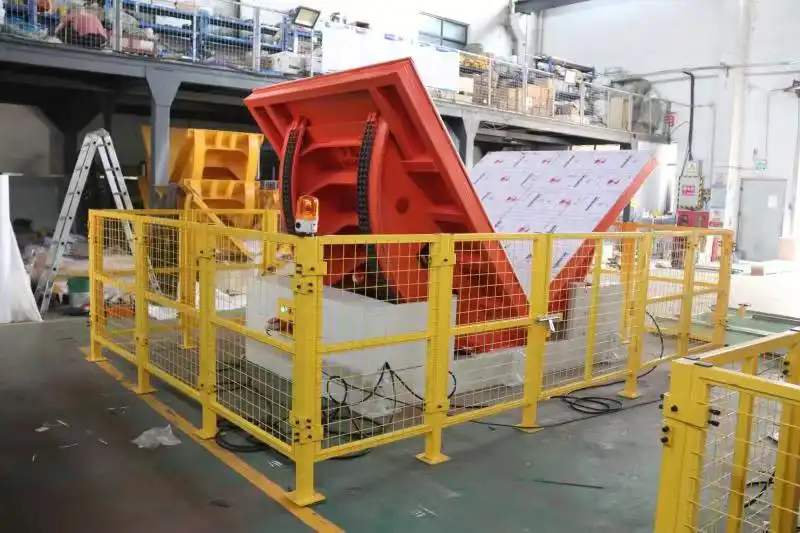
Choosing the right capacity seems simple, but it's just the first step. To make a truly smart investment that will serve your Saudi workshop for years, we need to look deeper. The specific industries you serve, the safety of your operators, and even the physical layout of your facility all play a crucial role. In my years of designing and building these machines, I've seen how these factors can make or break the success of a new piece of equipment. Let's explore these points together so you can choose with confidence.
What are the common weight classes for molds in Saudi Arabia?
You think you know the weights of the molds in your shop. But do you have a clear picture of the full range you handle now and might handle in the future? Making a decision based on your "average" mold weight is a common mistake that can lead to buying a machine that is either dangerously undersized or wastefully oversized. An undersized flipper creates a serious safety risk and can fail under an unexpected load. An oversized flipper costs more, takes up valuable floor space, and consumes more energy than necessary. Both scenarios negatively impact your return on investment. The key is to understand the typical weight classes found across Saudi industries and match your capabilities to your market. This allows you to make a decision based on solid data, not just a gut feeling.
In Saudi Arabia, molds can generally be categorized into three main weight classes. The light-duty class includes molds under 5 tons, typically for consumer plastics and packaging. The medium-duty class, from 5 to 20 tons, covers the broad needs of the automotive and construction component sectors. Finally, the heavy-duty class, for molds over 20 tons, serves large-scale industrial or major infrastructure projects.
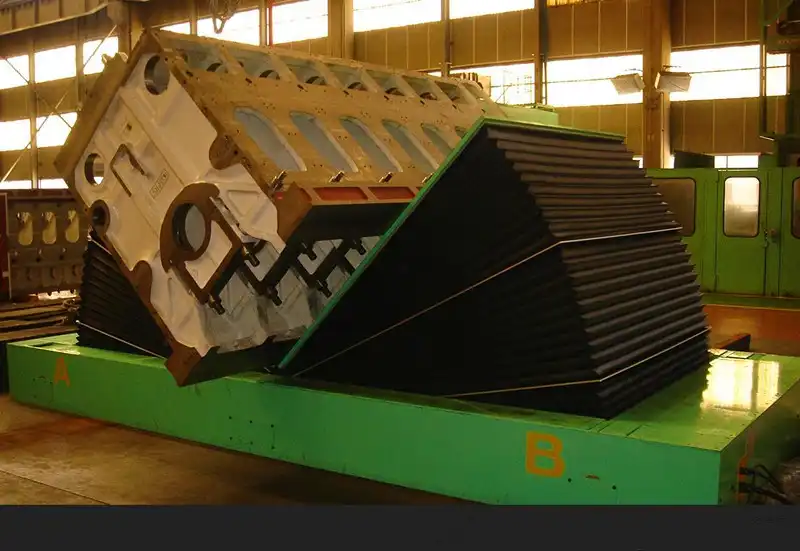
Dive Deeper: A Closer Look at Mold Weights
To select the right capacity, you need to analyze not just your current projects but also the direction your business is heading. Saudi Arabia's Vision 2030 is driving diversification, which could mean new opportunities and different types of molds in the coming years.
Light-Duty Molds (< 5 Tons)
These molds are the workhorses of high-volume manufacturing. Think about the plastics industry, producing items like bottles, containers, and small electronic casings. The molds are smaller and lighter, but the focus is on speed and frequent changeovers. A flipper in the 1 to 5-ton range is perfect here. It needs to be quick, reliable, and easy to operate to minimize downtime between production runs. Investing in a 20-ton machine for this work would be like using a sledgehammer to crack a nut—inefficient and unnecessarily expensive.
Medium-Duty Molds (5 - 20 Tons)
This is the sweet spot for a large number of die and mold shops in Saudi Arabia. This range covers a vast array of products, from automotive parts like interior panels and lighting components to construction materials like electrical junction boxes and decorative tiles. These molds are substantial and require a robust, safe handling solution. A flipper in the 10 or 15-ton category offers great versatility. It can easily handle the lighter molds while providing the capacity needed for bigger, more profitable jobs. This is where I see most of my clients get the best return on their investment.
Heavy-Duty Molds (> 20 Tons)
These are the giants. They are used for manufacturing large automotive body parts, major appliance housings, or significant components for infrastructure projects. Handling these molds requires serious power and uncompromising safety features. Shops that work with these molds are highly specialized. The decision to buy a 30, 40, or 50+ ton flipper is driven by specific, long-term contracts. The investment is significant, so the analysis must be rigorous, considering not just the weight but the dimensions and center of gravity of these massive tools.
| Mold Weight Class | Typical Weight Range | Common Industries in Saudi Arabia | Key Flipper Consideration |
|---|---|---|---|
| Light-Duty | 1 - 5 Tons | Plastics, Packaging, Consumer Electronics | Speed and ease of use for fast changeovers |
| Medium-Duty | 5 - 20 Tons | Automotive Components, Construction Materials | Versatility to handle a wide range of jobs |
| Heavy-Duty | > 20 Tons | Large Automotive Parts, Infrastructure | Robust engineering and advanced safety features |
How does the type of industry in Saudi Arabia affect mold flipper capacity?
You might think a 10-ton mold is just a 10-ton mold. But a 10-ton mold for the automotive sector has very different requirements than a 10-ton mold for producing concrete blocks. The industries you serve have unique demands for precision, handling speed, and mold complexity. If you ignore these specific needs, you risk buying a machine that can't keep up with your workflow. This can create a new bottleneck in your production line, frustrating your team and delaying customer orders. Understanding how Saudi Arabia's key industries use their molds is essential. It allows you to directly connect your flipper's capacity and features to the real-world demands of your clients, ensuring your investment enhances your operation instead of hindering it.
The dominant and emerging industries in Saudi Arabia directly influence the ideal mold flipper capacity. The strong automotive and construction sectors typically demand medium-to-heavy capacity flippers (10-30 tons) for their large and complex molds. In contrast, the rapidly expanding plastics and packaging industries often rely on lighter molds (1-10 tons) where speed and frequent changeovers are more critical than raw lifting power.

Dive Deeper: Aligning with Industrial Demands
Your equipment should be a reflection of your business strategy. As Saudi Arabia's industrial landscape evolves, your ability to handle the right kind of molds will determine your success. Let’s break down how different sectors impact your choice.
The Automotive Sector's Influence
Saudi Arabia is making a major push into automotive manufacturing. This industry is defined by high standards for quality and precision. Molds for car bumpers, dashboards, and engine components are not only heavy but are also intricate and expensive. Damage during handling is not an option. A mold flipper for this sector needs more than just raw power. It needs smooth, controlled movement to prevent any shock or jarring. Variable speed controls are highly valuable here. The capacity often falls in the 10-to-30-ton range, reflecting the size of the components being produced.
Construction and Infrastructure Demands
With giga-projects like NEOM and the Red Sea Project, the construction sector is booming. This industry uses molds that are often heavy and rugged, but not always as complex as automotive dies. Think of molds for precast concrete panels, pipes, and custom architectural elements. Here, the focus is on durability and reliability. The flipper must be built to withstand a tough, often dusty environment. While precision is still important, the primary need is for raw strength and consistent performance, day in and day out. Capacities can range widely, from 10 tons for smaller elements to over 50 tons for large structural components.
The Growing Plastics and Packaging Market
This is a high-growth area in the Kingdom, driven by a rising population and a strong retail sector. These operations are all about volume and speed. Molds for bottles, food containers, and other packaging are typically in the 1-to-10-ton range. The key operational demand is not lifting massive weight, but turning molds over quickly and safely for maintenance or production changes. For a shop serving this industry, a smaller, faster, and more automated flipper is a much better investment than a slow, heavy-duty machine.
| Industry Sector | Typical Mold Characteristics | Key Flipper Requirement | Common Capacity Range (Tons) |
|---|---|---|---|
| Automotive | Heavy, high-precision, complex | Smooth, controlled motion, variable speed | 10 - 30 |
| Construction | Very heavy, rugged, large dimensions | Durability, raw power, reliability | 10 - 50+ |
| Plastics/Packaging | Light, high-volume | Speed, automation, quick cycles | 1 - 10 |
What safety and operational features should be considered alongside capacity?
You've finally decided on the right capacity for your new mold flipper. It's a big step. But is the machine actually safe for your team to use every day? And are the controls simple enough that they won't be tempted to find risky shortcuts? Focusing only on tonnage is a huge mistake. I've seen companies invest in a powerful machine, only to have it sit idle because the operators find it complicated or feel it's unsafe. A machine with poor safety features is a serious liability, and clunky controls will kill your workshop's efficiency. Let's look beyond the lifting capacity and talk about the critical features that protect your people, your molds, and your overall investment.
Beyond capacity, the most critical features for any mold flipper are robust locking systems (either hydraulic or electromechanical), multiple accessible emergency stops, and perimeter safety systems like light curtains or physical fencing. Paired with simple, intuitive controls, these features are non-negotiable for ensuring operator safety and complying with Saudi Arabia's increasingly strict workplace safety standards.
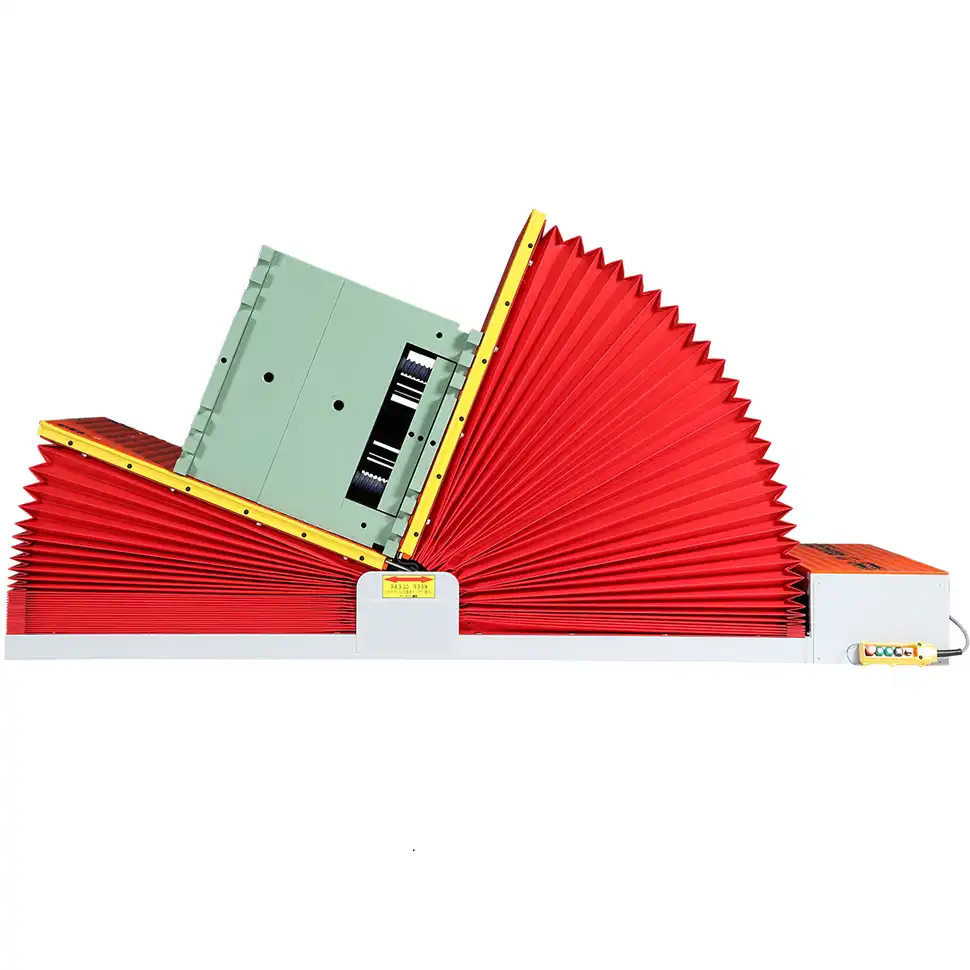
Dive Deeper: Building a Culture of Safety and Efficiency
A new machine should make work easier and safer, not introduce new hazards. When I design equipment, I think about the person who will be using it for 8 hours a day. Their safety and ease of use are my top priorities.
Essential Safety Mechanisms
These are the features that prevent catastrophes. A reliable locking system is paramount. It ensures that if the machine loses power, the heavy mold doesn't move. Both hydraulic and electromechanical systems are effective, but they must be fail-safe. Multiple, clearly marked emergency stop buttons should be placed where an operator can reach them from any position. I also strongly recommend perimeter guarding. This can be a physical fence with an interlocked gate (the machine stops if the gate is opened) or a light curtain that automatically stops the machine if a person or object crosses its beam. Overload protection is another must-have; it prevents operators from attempting to lift a mold that is too heavy for the machine.
Enhancing Operational Efficiency
Safety and efficiency go hand in hand. A machine that is easy to use will be used correctly. A remote control (either pendant or wireless) allows the operator to stand at a safe distance and have a clear view of the entire operation. This is much better than being tied to a fixed control panel. Variable speed control is another feature that greatly improves both safety and efficiency. It allows the operator to begin the tilting motion slowly and smoothly, check the balance and security of the mold, and then speed up the process once everything is confirmed to be safe. This level of control protects the mold from damage and gives the operator confidence.
Compliance with International and Local Standards
Your equipment must meet recognized safety standards. Look for machines that are CE certified (for European standards) or compliant with ISO standards. This is a good indicator of quality and safety in design. Also, it is vital to be aware of and comply with the specific occupational safety and health regulations in Saudi Arabia. Working with a supplier who understands these local requirements can save you a lot of trouble and ensure your investment is fully compliant from day one.
| Feature | Safety Benefit | Operational Benefit |
|---|---|---|
| Fail-Safe Locking System | Prevents mold from dropping during power loss. | Builds operator confidence and trust in the equipment. |
| Perimeter Guarding | Keeps personnel out of the danger zone during operation. | Allows for a clearly defined and organized work cell. |
| Remote Control | Operator can choose the safest vantage point. | Improves visibility and allows for more precise positioning. |
| Variable Speed Control | Reduces risk of shock loads and mold slippage. | Allows for delicate handling of complex, expensive molds. |
How does workshop layout impact the choice of a mold flipper?
You've done the research. You've found a mold flipper with the perfect capacity and all the right safety features. It looks great on paper. But have you considered if it will actually fit and function effectively within your existing workshop? This is a detail that is too often overlooked. Trying to force a large machine into a cramped space is a recipe for disaster. It can block crucial pathways, disrupt the natural flow of work between your storage area and your presses, and create new safety hazards. The efficiency you hoped to gain is lost to logistical chaos. Before you sign the purchase order, let's take a practical look at how your workshop's physical characteristics—from ceiling height to crane access—will guide you to the right type of mold flipper.
Your workshop layout is a deciding factor in selecting a mold flipper. It directly impacts the machine's required footprint, its loading method (forklift or overhead crane), and its physical orientation. For example, a shop with a low ceiling may require a 90-degree tilter instead of a full 180-degree flipper. The machine's placement must also align with your workflow, minimizing travel time between mold storage, the maintenance area, and the production presses.
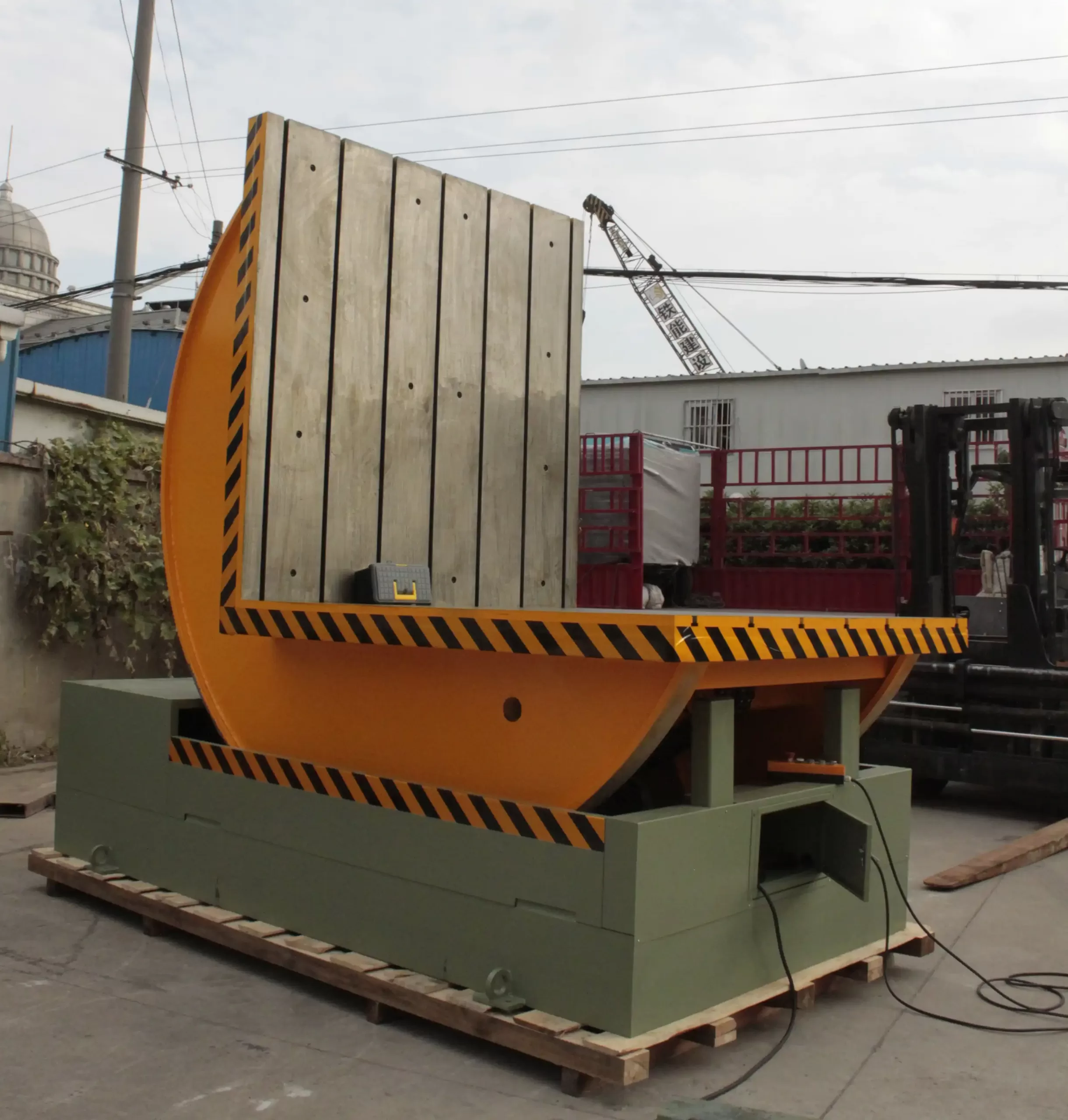
Dive Deeper: Making the Machine Fit the Space
The best equipment works in harmony with its environment. I always ask for a layout drawing or even photos of a client's workshop before I recommend a specific model. It’s about providing a total solution, not just a machine.
Analyzing Your Floor Space and Footprint
First, get out the measuring tape. You need to know the exact length, width, and height of the space you have available. But don't just measure the space for the machine itself. Remember to account for the "working envelope"—the area around the machine needed for loading, unloading, and operator access. You need clear space for a forklift to approach or for operators to walk around it safely. I always advise mapping out the machine's footprint on the floor with tape. It’s a simple trick that helps you visualize the real impact on your floor space and traffic flow.
Ceiling Height and Crane Accessibility
This is a huge consideration that determines the type of flipper you can use. A standard 180-degree mold flipper requires significant vertical clearance as it turns the mold completely over. If your workshop has a low ceiling, this design might not be an option. In that case, a 90-degree mold tilter is a much better solution. It turns the mold on its side, requiring much less overhead space. You also need to consider how you will get the mold onto the flipper. If you rely on an overhead crane, you need a top-loading model with a clear path from above. If you use forklifts, you'll need a model designed for ground-level loading.
Workflow Integration
Where you place the flipper is just as important as which one you buy. The ideal location is directly in the path of your mold's journey. A common workflow is: Mold Storage -> Mold Flipper (for maintenance access) -> Production Press. Placing the flipper in a remote corner of the shop creates unnecessary travel time and handling steps, which adds risk and inefficiency. The goal is to minimize how many times a mold is lifted and moved. A well-placed flipper becomes a central part of an efficient, lean manufacturing process.
| Layout Factor | Impact on Flipper Choice | My Recommendation |
|---|---|---|
| Limited Floor Space | Requires a machine with a small, compact footprint. | Look for integrated designs or consider a pit-mounted model to save space. |
| Low Ceiling Height | A 180-degree flipper may not fit. | A 90-degree mold tilter is the best alternative. |
| Reliance on Overhead Crane | Loading method must be compatible. | Choose a top-loading design with an open top for easy crane access. |
| Reliance on Forklifts | Machine must be accessible from the ground. | Select a model with a low-profile platform that allows for direct forklift loading. |
From My Engineer's Notebook: Beyond Capacity, What Truly Matters?
Many people get focused on the technical specifications. They compare tonnage, motor size, and tilting speed. They look at the price tag and treat the purchase like a commodity. I understand this mindset, but my experience has shown me it's a dangerous trap. I have seen factories buy what looked like the "perfect" machine on paper, only to have it become a constant source of frustration. It fails because replacement parts are impossible to find, the service support is non-existent, or the design simply wasn't built to last in their tough industrial environment. Any money they saved on the initial purchase was lost tenfold in downtime and repair costs. This is the difference between buying a product and investing in a solution.
From my journey of building a packing machine factory from the ground up, I can tell you that the single most important factor, beyond any technical spec, is the supplier's commitment to being your long-term partner. A great partner delivers more than a machine in a crate. They provide comprehensive installation and training support, a reliable supply of spare parts, and expert advice on maintenance and future upgrades. This partnership is what ensures your equipment delivers value for a decade or more, not just for a few months.
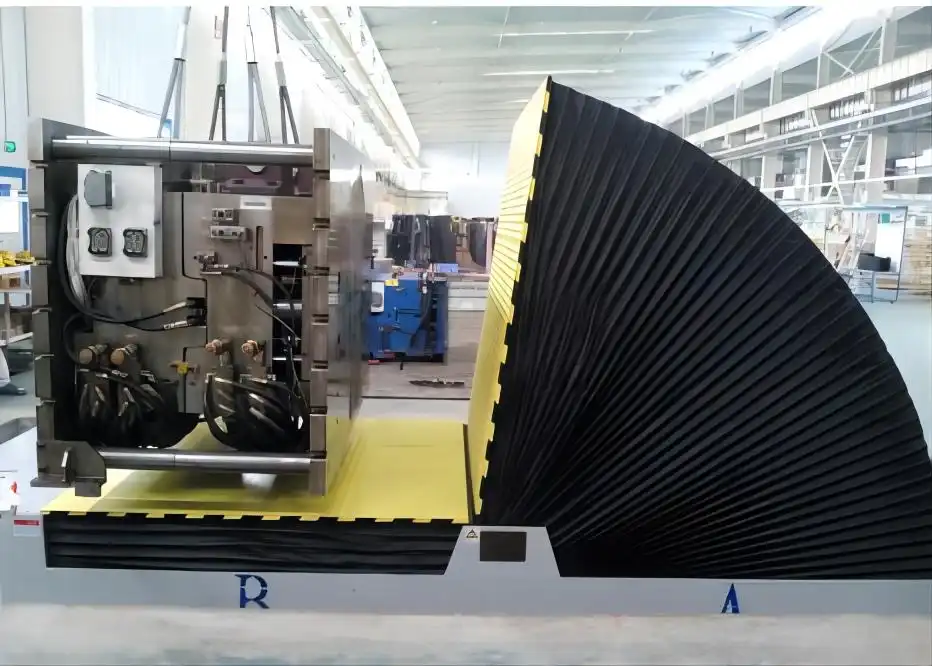
Dive Deeper: My Perspective as a Factory Builder
When I started my own factory, I faced the same decisions you are facing now. I had to make every dollar count, and I learned some lessons the hard way. Now, my goal is to share that knowledge so you can avoid the same mistakes.
The "Total Cost of Ownership" Trap
The price on the quote is just the beginning of the story. A cheaper machine might use non-standard components that are a nightmare to source when they break. It might be built with a lighter frame that wears out faster under the stress of daily use. A truly great machine is designed for longevity and ease of maintenance. When you evaluate a proposal, ask these questions: How much does a replacement hydraulic pump cost? How quickly can you ship me a new sensor? Is the electrical diagram clear and easy for my technicians to understand? The answers to these questions reveal the true cost of owning that machine over its entire life. A slightly higher initial investment in a well-built, well-supported machine almost always results in a lower total cost of ownership.
Why a "Solution Provider" Beats a "Supplier"
This is at the core of my company's philosophy: SHJLPACK is a "Total Solution for Wrapping Machine." A supplier sells you a product. A solution provider invests time to understand your problems. They know you're dealing with challenges like aging equipment, pressure to reduce costs, and the need to digitize your operations. They don't just try to sell you the biggest, most expensive machine. They work with you to find the right machine that solves your specific problems. This might mean recommending a smaller model, suggesting specific automation features, or even advising on how to better integrate the new machine into your existing line. A true partner's success is tied to your success.
My Promise: Knowledge and Support
I was fortunate that the packaging machine industry allowed me to build a successful business and achieve financial independence. Now, I feel a deep responsibility to give back. That is why SHJLPACK is more than a factory; it's a knowledge-sharing platform. When you work with us, you don't just get a machine. You get access to my team's and my own decades of experience. We are here to help you choose the right equipment, install it correctly, and maintain it for peak performance. We want to be your strategic partner, helping you navigate the challenges of the modern industrial world and grow your business.
Conclusion
Choosing the right mold flipper for your Saudi shop is about matching capacity to your industry and partnering with a provider who supports your long-term growth and operational success.





